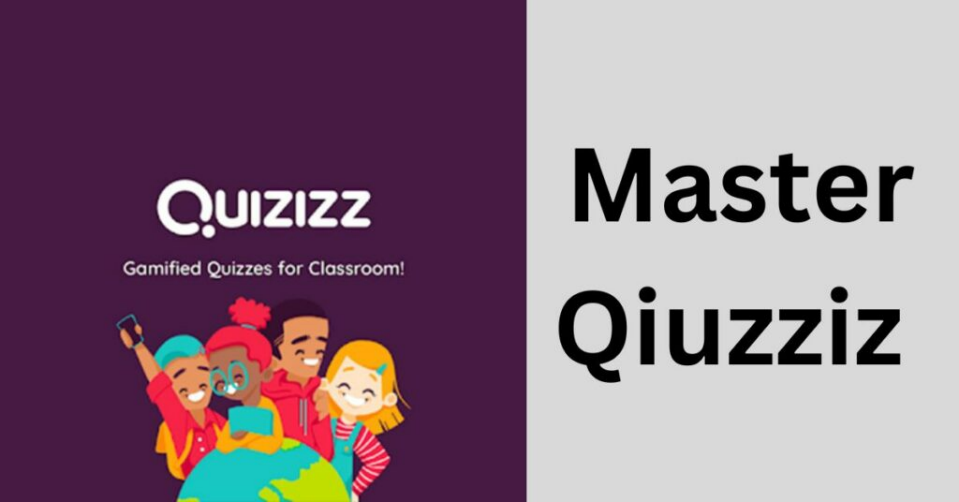One-size-fits-all may work in other areas, but today’s teachers know that this approach isn’t workable in the classrooms anymore. Not all students have the same academic requirements and comprehension levels; some may require differentiated instructions to understand better.
Effective teaching occurs when educators tweak their strategies according to students’ academic needs to ensure that everyone is grasping the concept. Since traditional instructional strategies serve little to no purpose in today’s classrooms, teachers must adhere to unconventional teaching styles and tactics. They must identify students’ areas of lacking, assist them in overcoming them, and alter learning methods accordingly.
What’s more, differentiated teaching does not require one-on-one instruction as it can occur in a conventional classroom setup. Let’s explore some techniques that can help teachers address students’ varying academic requirements:
Promote inclusion
Previously, instructors would develop course material according to a predetermined format and convey it to students haphazardly. Today, however, the shift in educational teaching strategies is compelling educators to unearth and address students’ multiple intelligences. For this reason, they must support and engage each student throughout their academic semester to ensure effective learning.
Inclusive learning revolves around presenting content to students in multiple ways to ensure that everyone remains on the same page. It also necessitates student participation, regular input, and feedback in the learning process. Instead of leveraging one teaching methodology, teachers should use several instructional strategies to engage all learners.
Moreover, inclusive education offers several advantages to students with special needs. Nonetheless, educators must arm themselves with the strategies and skills crucial to engage special students. For this purpose, they can enroll in the Special Education Online Master of Arts Program and learn more about special education. Since online learning provides teachers with the ease of continuing education alongside job commitments, they can easily expand their knowledge base.
Create a differentiated learning environment
Secondly, establish a differentiated learning environment in your classroom. Contrary to popular belief, differentiated teaching is not one-to-one. To create a differentiated learning environment, teachers must give differentiated instruction, offer students choices, and let them use their selected material.
For instance, if some students prefer learning through EdTech tools and apps, provide them with these resources. Students with varying academic requirements learn better when they can utilize several learning tools. So, encourage them to pursue activities in whatever way they prefer.
Experts point out that no two children will absorb education in the same way. Yes, it is true that institutions cannot create personalized curriculums for everyone. However, when it comes to the question of education for children of special needs, not all institutions are able to create a differentiated learning environment. This is where the need for educational institutions like The Guild arise. They are able to offer educational curriculums that are tailormade for special needs children. To understand this better, please view website.
Scaffold only when needed
Scaffolding provides a little push when students feel stuck and need assistance.
Students with unique academic needs often require support and scaffolding. Teachers can give them the liberty of doing their work independently and only intervene when needed. With children who need constant support, teachers often help them without giving them a chance to attempt work by themselves. The key is to let them explore and assist them only when they cannot proceed. It empowers them, and eventually, they’re encouraged to perform better.
Ensure giving explicit instruction
Your instructions should not have any ambiguity and must be precise.
Students take time to understand concepts, ideas, and instructions. For this reason, teachers may need to repeat course material and ensure that all students have understood the task.
Students who have mastered the basic skills will quickly pick up the following topics. However, struggling students will need time to unpack your instructions. So, ensure to explain course material and classroom instructions explicitly and help those who lag.
Make cooperative learning groups
Unarguably, students perform better when they work in groups. For this reason, teachers should group students and ensure they learn from one another.
Cooperative learning is an effective strategy that helps inculcate different values in students and exposes them to teamwork. Therefore, ensure that students are given tasks as per their abilities while working in a group. Since students with different requirements observe their group members and learn from them, group them accordingly.
Provide prompt feedback
Feedback delayed is almost like feedback denied. So, try to give students honest yet prompt feedback.
Apply a sandwich approach to discuss areas that need improvement. According to this approach, teachers should start with the positives, address the areas that require improvement, and close the discussion by boosting their confidence to achieve higher targets. Prompt feedback gives students a direction, and they know where and how they need to put in efforts.
Pose effective questions
Teachers understand the significance of questions and use questioning as a tool. The key to posing thought-triggering questions is to help students think out of the box.
Questions like,’ are you sure?’, ‘why do you think so?’ compels students to think critically and enhance their analytical thinking ability. With practical questions, students can clear their confusion without having teachers give a long lecture.
Offer deliberate practice
Not all students can grasp new concepts swiftly. Some may require additional support and teaching.
Teachers can offer deliberate practice. This practice comprises five steps and involves breaking down a skill. Teachers can provide deliberate practice for varying academic requirements of students and help them master the skills. The five steps of the strategy are:
- Separate the skill
- Develop it
- Test
- Perform
- Take the bar higher
Students with different learning abilities gradually and efficiently master the skills with deliberate practice.
The Bottom Line
Teaching is a profession that can help you bring a positive change in society. Since students come from different backgrounds and possess unique abilities, they bring with them varying academic requirements. One pedagogy may not apply to all students, and teachers must cater to different learning styles.
Teachers can use various techniques to tend to different academic needs by being innovative and observant. The key is to be respectful and promote inclusivity. So, unearth each student’s shortcomings, help them develop new skills, and monitor performance accordingly.



